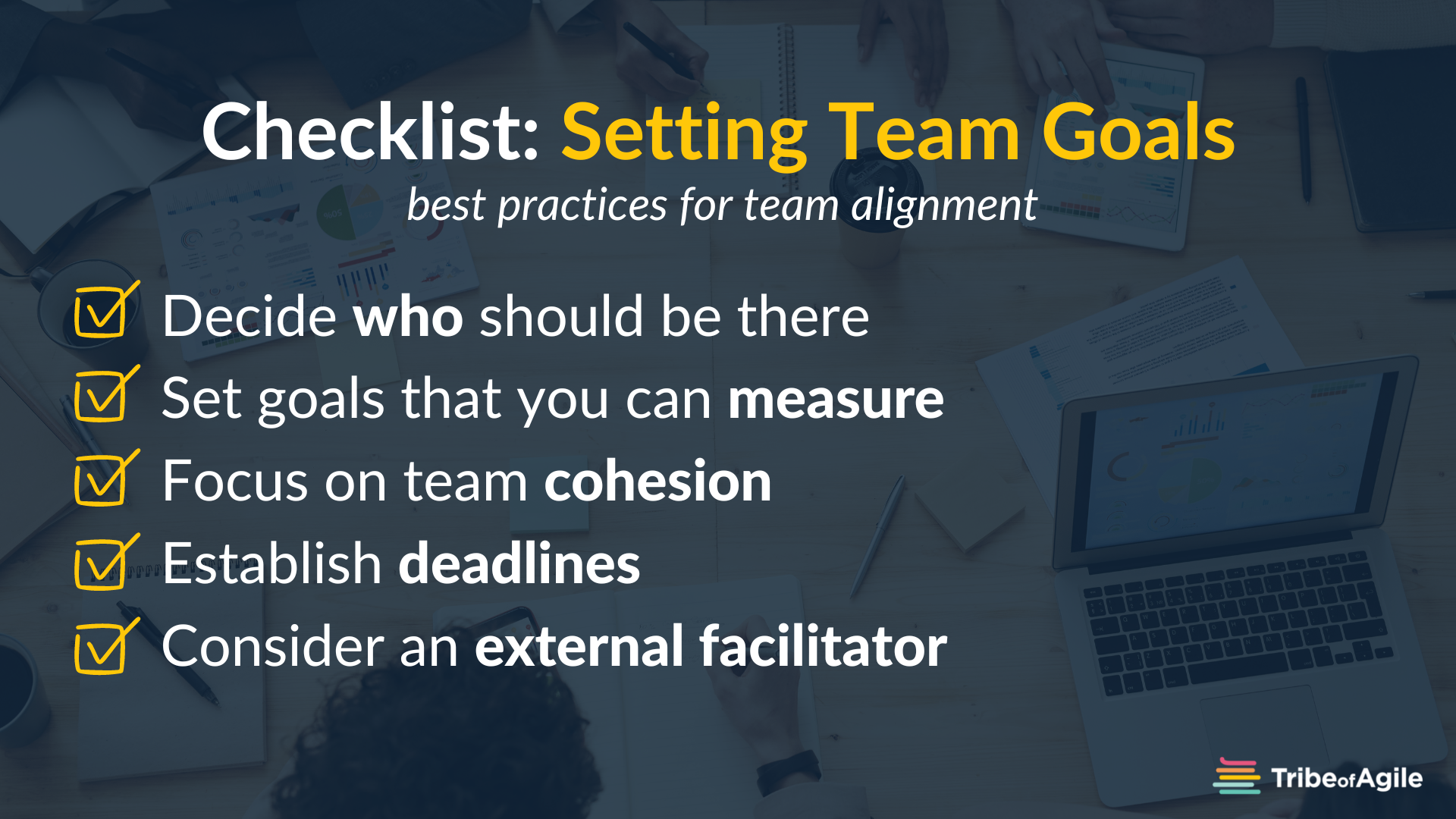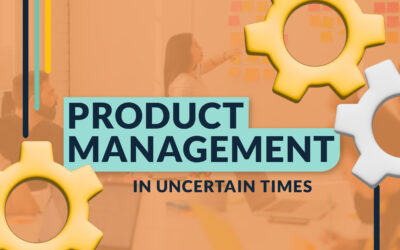Each agile team inevitably sets out to establish their own objectives and key results (OKRs) measured by different metrics. These OKRs work together towards achieving the “bigger-picture” and the overall vision for the business.
Research conducted by LSA Global found that businesses that have aligned goals, grow revenue faster by 58%, are 72% more profitable. They outperform their competitors in employee engagement, customer retention and satisfaction along with leadership. Although McKinsey & Co. found that 72% of leaders claim to involve employees in developing the purpose of the organization, only 56% of frontline employees agreed. This disconnection plays a major factor in what hinders team alignment and engagement. So where exactly can the ‘fall out’ or misalignment occur?
It starts with team alignment
Team alignment is achieved, when cross-functional teams and individual team members work toward the same vision, understand their individual and team goals, and see how their contributions connect to wider organizational purpose. As one of the influencers of the company, having a clear vision can help you set goals and plans. However, if you create these goals and visions on your own, you will find that you need to persuade, cajole and influence others to get on board. This can take a lot of time and effort. Instead, involving others in the creation of company goals and visions can result in aligned and engaged teams.
Benefits of aligning employee, team and organizational goals
Aligned and engaged teams come from members that understand each other’s strengths and dynamics, resulting in better partnerships and stronger teams. This automatically results in higher engagement and performance. When your team understand individual, organizational goals, here are some of the benefits:
Improved teamwork
In a team where members have aligned goals, they value each other’s strengths, in turn boosting group cohesion and creating positive dialogue. Not only does this build better employee engagement through trust and collaboration, it also fuels energy and passion while increasing speed in decision making.
Self Organized
The team should be aiming toward the Norming or Performant stages, you are have a well-oiled machine where every member understands their roles and expectations. Each department fulfills their responsibilities and meets deadlines. This automatically means improved self-governance where employees have the confidence to make their own decisions within the scope of their role. This includes instances when new members are hired as each member is well equipped to help them understand their role.
Frequent Retros
Since all members are aware of individual, team and organizational goals, every person should have an idea of the plan or direction the company is heading towards. This means that each member has the capability to provide constructive advice on any overlooked priorities or mistakes and evaluate performance and contribution.
Empowerment and Ownership
In an organization where members feel confident and empowered, they will strive to improve and develop professionally. This allows you to see where talent exists within the company and how best to deploy key individuals to maximize their skills. Individuals will also benefit as they are able to fully utilize their talents, resulting in higher job satisfaction and improved productivity in the company.
Tips for setting aligned team goals

1. Decide who should be there.
If you’re working within an agile framework, your team is more likely to be on board if they are included in the process of creating your company’s goals and vision. You can include key stakeholders, agile team members and stakeholders that may add valuable insight and ideas to make the vision a reality. Through collaboration and insight, your team will have a stronger buy-in as they all have a stake in the vision, building an intrinsic motivation to participate.
2. Set measurable goals.
Setting general goals can be very tempting. However, these goals are often too subjective to be of any use. Making the goals measurable by assigning a target number can help you and your team track progress better. With measurable targets, you can easily see if your team is on the path to achieving their goals. You can start by setting team goals as this helps to provide more structure, guidance and focus. Next, move on to individual goals to ensure that each member is contributing towards the end goal. By giving each member a specific objective, they can formulate their own plan, like pieces of a puzzle coming together to form the bigger picture.
3. Create cross-team cohesion.
Cross-team collaboration is crucial as it enables employees to be more engaged with the company’s visions. With clear and consistent communication throughout all levels of organizations, you can make goals a regular part of all meetings. This means building goal conversations into regular messages that remind, reinforce and align employees across the organization.
4. Establish high level timing & track progress.
Once goals are set, it is important to establish deadlines and for your members to stick to it. Timing and planning isn’t there to highlight failures, instead, it measures progress. It’s an indication of what we’re doing and how we may strive to do better each time.
5. Collaborate with an external facilitator.
Working with an expert facilitator can be beneficial. This person can help identify all the moving pieces and how they best fit together in the pursuit of bigger picture goals. Combined with their agile domain knowledge and experience in working with cross functional SMEs, the facilitator can guide the team in helping establish the goals that will help set everyone up for success.Ultimately, the facilitator helps to balance out engagement, development and challenge for the organization interactively. Generally, an external facilitator can be a great asset as they act with neutrality and focus on the outcome.
Ready to take the next step for the upcoming year? Let’s talk about what Tribe of Agile can do for you.
We will work with you and your team to develop and align your business goals, and help plan the path forward toward a successful 2023.



